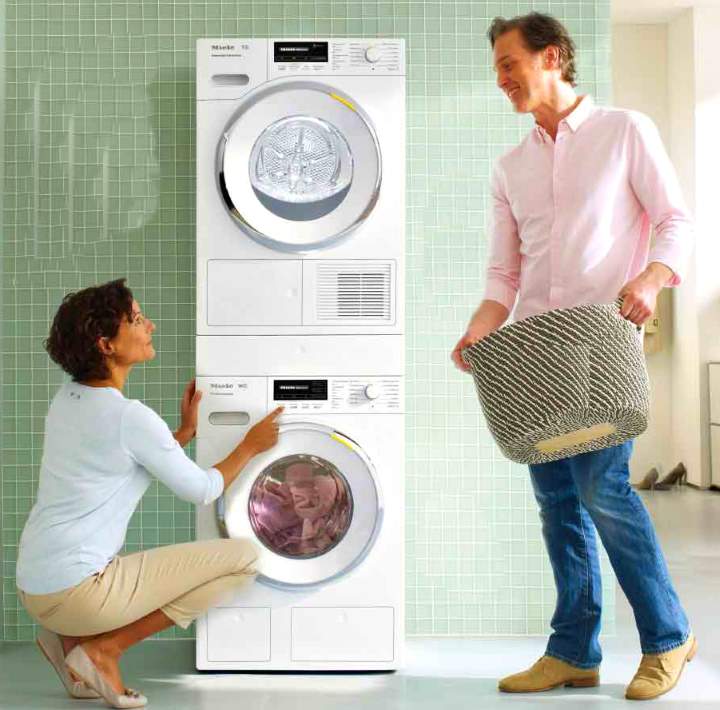 In today's world, technology plays a huge role in human life. It is difficult to imagine a housewife without a stove, a vacuum cleaner or a washing machine.
In today's world, technology plays a huge role in human life. It is difficult to imagine a housewife without a stove, a vacuum cleaner or a washing machine.
One of the most important assistants in everyday life is a washing machine.
And not just any appliance that makes inconceivable movements around the room before washing or wringing the laundry, but smart automatic machines.
This article will talk about how to properly install a washing machine.
Before installation...
What happens to the warranty?
If this issue is resolved or not so important, then you can safely begin to act and to begin to figure out how to install the washing machine yourself. This case is not complicated.
Preliminary check
After purchasing the washing machine and bringing it home, it is a good idea to do some manipulation, and simply put, to check the technique for defects.
To do this, you need to:
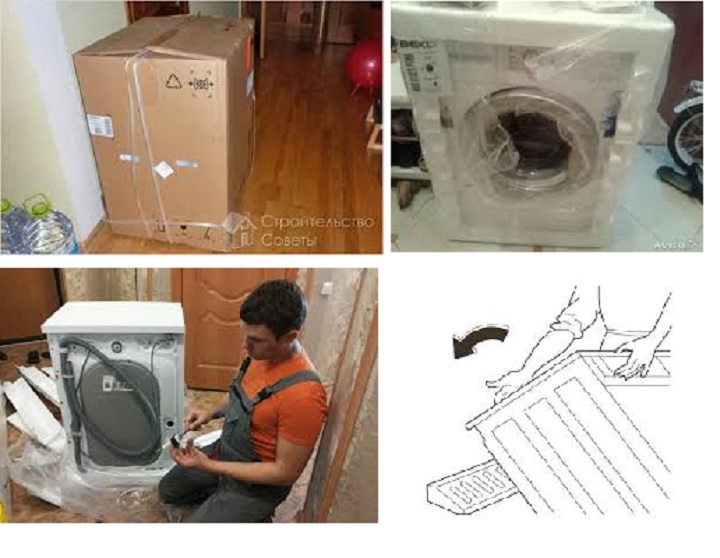 Unpack the appliances.
Unpack the appliances.
Attention! It may happen that the machine will not fit the dimensions or will not work at all, so the packing material should be saved for a few days.- Check for damage.
Look for dents, scratches on the body of the machine that are visible to the naked eye; - Rock the machine from side to side.
If there is a characteristic tapping and incomprehensible noise, it is better to refuse such goods.
Study the instructions
So, the indispensable helper in everyday life is purchased. But before it begins to perform its function, the correct installation is necessary. It is desirable to read very carefully the instructions that come with any technique and study the nuances in order to avoid mistakes during installation.
Installation of the washing machine
Preparatory stage
Tools and materials
What will be required for the proper installation of the washing machine:
- Cold water supply, a faucet with a three-quarter-inch thread;
- Machine faucet, which closes and opens the water supply;
- outlet to the sewer. This is usually a pipe size of 32 mm;
 A valve installed on the sewer pipe so that the water does not flow backwards. Usually this does not happen, since the floor above the sewer pipe 80 cm or more;
A valve installed on the sewer pipe so that the water does not flow backwards. Usually this does not happen, since the floor above the sewer pipe 80 cm or more;- wrench;
- clamp to firmly connect the hose and sewer;
- You must install in advance a 10-20 volt socket for the washing machine. It must have a cover that protects against accidental ingress of moisture and as a consequence, electric shock.
The right place for the washing machine - is half the success in its proper installation and operation.
Choosing a location
It is at this stage it is necessary to decide where to install the washing machine.
It is placed on a solid horizontal surface.
Make sure that the wire from the machine will reach the socket and will be free, and not stretched. For example, a good option is to install the washing machine under the countertop in the kitchen or the classic version - in the bathroom.
With a place decided, now it's time to deal with the machine.
- Free the machine from unnecessary film and other unnecessary elements.
- Remove the transport screws that secure the tank. A wrench suitable for the diameter of the screws will help.
- To avoid damage to the drum of the washing machine, it is necessary to free it from all installed clips, required during transportation.
- All the resulting holes to close the plugs.
Installation stage
Adjusting the stand
In this way, you provide it with maximum stability during washing. So, what you need to do:
- Select the height of the stand, so that the machine does not shake when working;
- set the appliance level with respect to the floor.
Fulfilling these conditions ensures the stability of the automatic machine and protects against unnecessary noise produced by improper installation.
Even the slightest deviation will cause unnecessary vibrations. After adjusting the height of each leg, they are tightened.
To prevent the washing machine from slipping on the floor, you can install a rubber band to the feet of the washing machine or put a rubber mat.
Setting up the mains and grounding
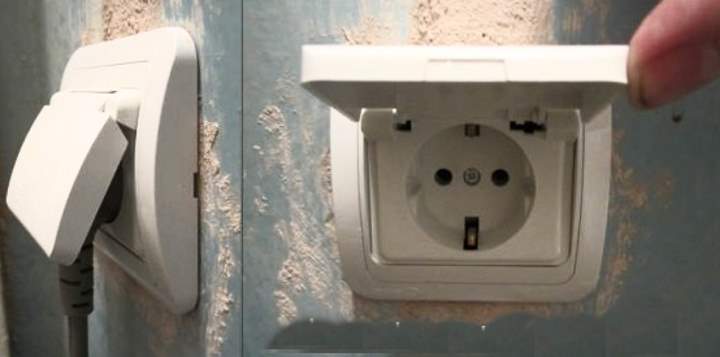 The cord attached to the back of the appliance is plugged into a grounded outlet.
The cord attached to the back of the appliance is plugged into a grounded outlet.
If there is no outlet at all, it is better to call a master, who will install it with the correct grounding.
Otherwise, the washing machine will be electrocuted.
Connecting to the sewer and water supply
Let's figure out how to install a washing machine drain. All washing machines are connected to cold water with a fill hose.
Then the drain hose to the sewer pipe water is taken automatically, so the connections must be tight.
The hose is connected with a sluice made of plastic on the back of the machine.
In addition, it is necessary to install a shut-off valve, in case the technique will not be used for a long time and for easy disassembly.
After the washing machine is turned on and checked for water leaks in the joints. If everything is normal, then the washing machine is ready to work.
The final stage
Performing a control check
Signs by which you can determine the correct installation of the washing machine:
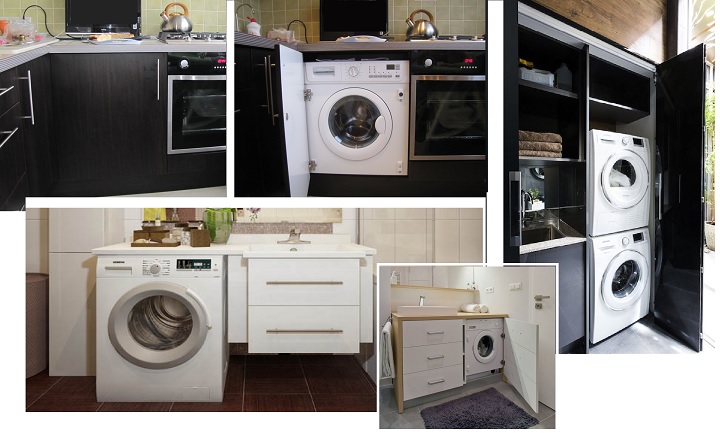 No leaks.
No leaks.- Water is filling the tank quickly.
- The drum rotates.
- Water heats up in 6-7 minutes.
- There are no unintelligible sounds.
- Drainage and spin goes well.
If all this is present, then the washing machine is installed, right. And it will work for a very long time.

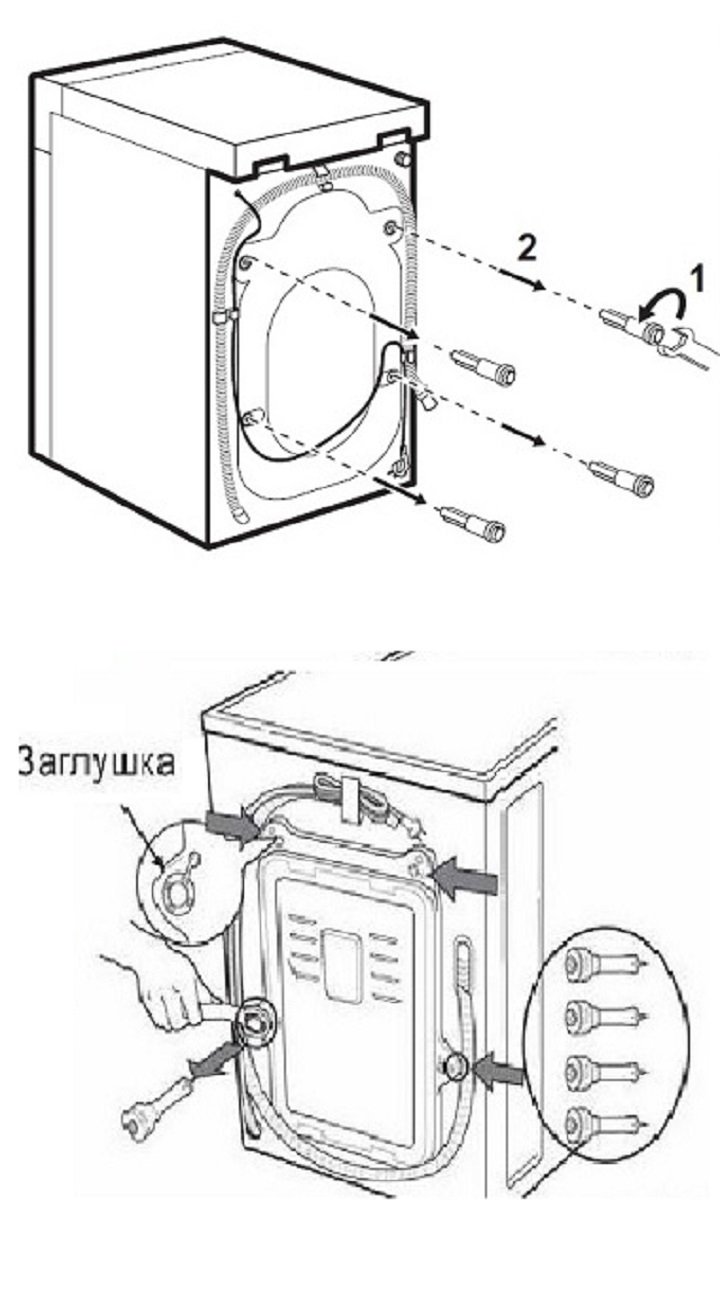
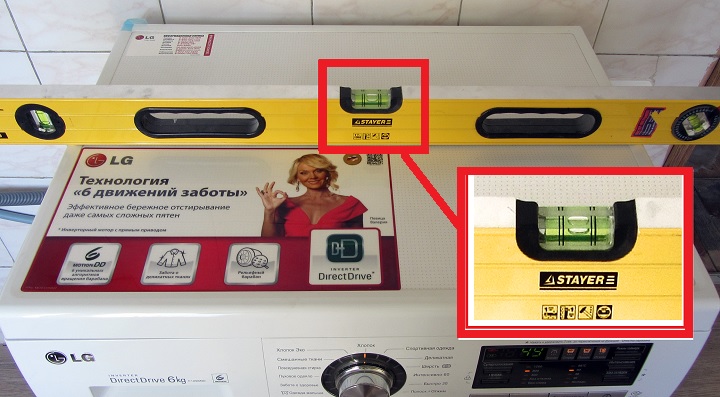
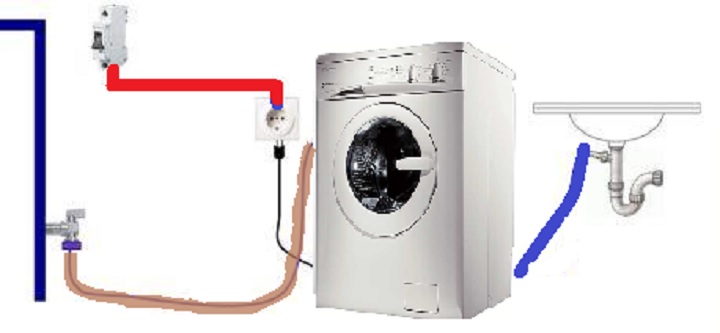
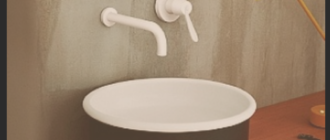

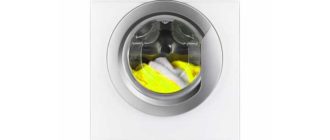
Thanks for the information